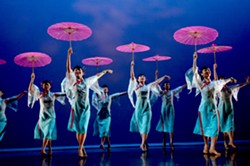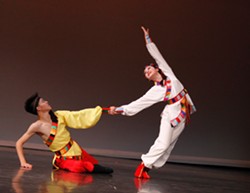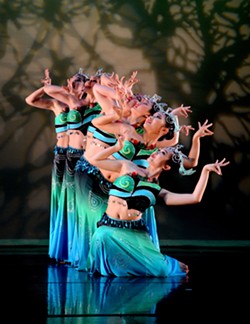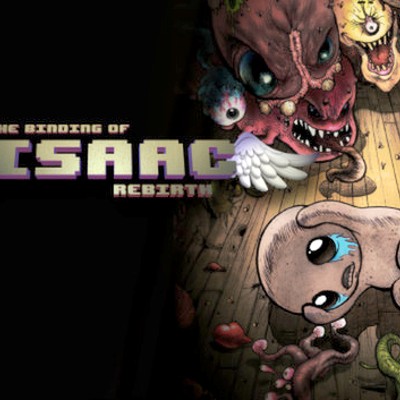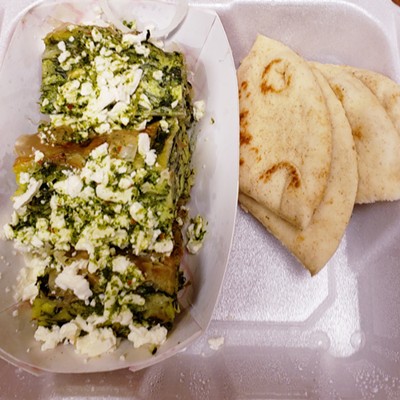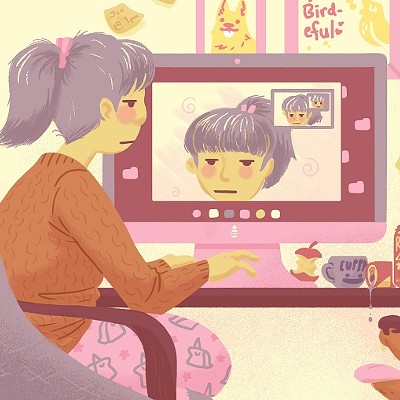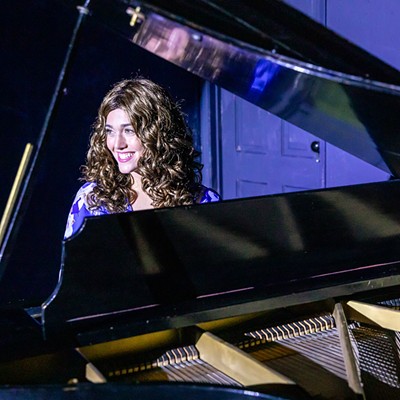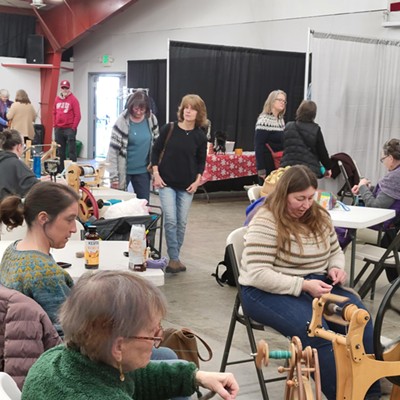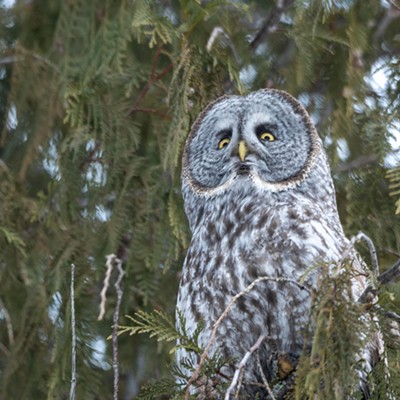One of North America’s oldest Chinese dance institutions, the Lorita Leung Dance Company, aims to showcase the wide array of Chinese dance styles, including classical, folk, ethnic and contemporary.
“It’s important to our company to promote an awareness of
the variety that exists within the Chinese genre,” said Jessica Jone, artistic director of the company that was founded by her mother, Lorita Leung, in Vancouver, Canada, in 1970. “Chinese dance doesn’t just mean one thing.”The dance movement is rooted in the Chinese philosophy of yin and yang in which life is a balance of dark and light and flows in a circle. Moving with the inhale and exhale and from the center of the body are key components of training, she said, the same as in Chinese martial arts like tai chi and wushu.
“The upper body is a lot more free than say, classical ballet, where the emphasis is on being square,” said Jone, who has trained in both traditional Chinese styles and modern contemporary dance. “There’s always a spiral in movement.”
Sixteen dancers from the company will perform Saturday, Jan. 21, at the University of Idaho Administration Building auditorium. Their visit is sponsored by Festival Dance & Performing Arts and the UI Confucius Institute in honor of the Chinese New Year. Throughout the performance, Jone will provide explanation about the dances and authentic costumes, which are made in China.
A Chinese dance primer
Classical: Chinese classical dance was passed down from imperial courts and draws influences from Chinese martial arts and Chinese opera. Chinese dance was codified at the Beijing Dance Academy in the 1950s with training standards heavily influenced by Russian ballet because of the country’s ties to the Soviet Union, Jone said. Lorita Leung Dance students follow this syllabus.
Folk and ethnic: These were the dances commoners performed in real life, comparable to square dancing in the U.S., Jone said. The ribbon and fan dances are included among them. Varied ethnic dances come from China’s more than 56 different ethnic groups. The country’s largest ethnic group is the Han and this group’s dances are called folk dances, she said.
Contemporary: Chinese dance is combined with contemporary dance, blending traditional and modern elements.
“Sometimes when it comes to contemporary dance some people are a little intimidated,” Jone said. “Chinese dance is not necessarily as cerebral. It’s very easily accessible for any audience member. You don’t have to be a great connoisseur of contemporary dance or high art to appreciate it.”
If You Go
What: Lorita Leung Dance Company When: 7:30 p.m. Saturday, Jan. 21 Where: University of Idaho Administration Building auditorium Cost: $16 general admission, $10 children and students. Tickets are available at the door or in advance by calling the Festival Dance office at (208) 883-3267.

